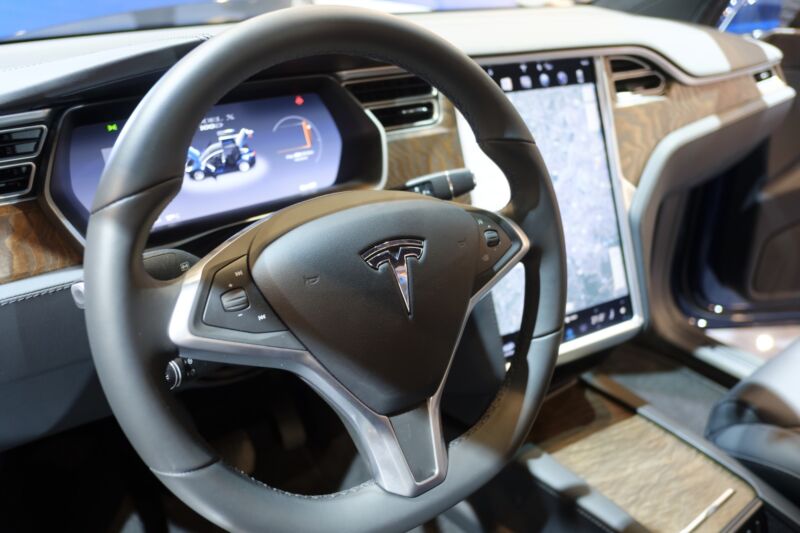
The National Highway Traffic Safety Administration (NHTSA) has upgraded an investigation into Tesla's Autopilot system in a move that could lead to a recall.
The NHTSA's Office of Defects Investigation opened the probe of Tesla Autopilot in August 2021 due to "eleven crashes in which Tesla models of various configurations have encountered first responder scenes and subsequently struck one or more vehicles involved with those scenes." Five other crashes have since been added to the analysis, which covers 830,000 Tesla Model Y, Model X, Model S, and Model 3 cars released from 2014 to 2022. The crashes being investigated resulted in 15 injuries and one death, the NHTSA said.
An NHTSA notice published Thursday said the investigation has been "upgraded to an Engineering Analysis (EA) to extend the existing crash analysis, evaluate additional data sets, perform vehicle evaluations, and to explore the degree to which Autopilot and associated Tesla systems may exacerbate human factors or behavioral safety risks by undermining the effectiveness of the driver's supervision. In doing so, NHTSA plans to continue its assessment of vehicle control authority, driver engagement technologies, and related human factors considerations."
The NHTSA explains that an Engineering Analysis is the second of two phases in an investigation, with the first phase being a Preliminary Evaluation. The second phase can take over a year in complex cases and may lead to a recall if a safety-related defect is found.
NHTSA’s findings so far
The NHTSA's Tesla probe began 10 months ago as a Preliminary Evaluation "to assess the performance of Tesla's Autopilot system" due to "an accumulation of crashes in which Tesla vehicles, operating with Autopilot engaged, struck stationary in-road or roadside first responder vehicles tending to pre-existing collision scenes," the agency said in its update.
In one of those cases, Tesla was sued by five Texas police officers who were injured when a Tesla Model X in Autopilot mode crashed into police vehicles that were stopped and had their flashing lights turned on.
Summarizing its findings so far, the NHTSA said its "analysis of these sixteen subject first responder and road maintenance vehicle crashes indicated that Forward Collision Warnings (FCW) activated in the majority of incidents immediately prior to impact and that subsequent Automatic Emergency Braking (AEB) intervened in approximately half of the collisions. On average in these crashes, Autopilot aborted vehicle control less than one second prior to the first impact."
The NHTSA notice continued:
All subject crashes occurred on controlled-access highways. Where incident video was available, the approach to the first responder scene would have been visible to the driver an average of 8 seconds leading up to impact. Additional forensic data available for eleven of the collisions indicated that no drivers took evasive action between 2-5 seconds prior to impact, and the vehicle reported all had their hands on the steering wheel leading up to the impact. However, most drivers appeared to comply with the subject vehicle driver engagement system as evidenced by the hands-on wheel detection and nine of eleven vehicles exhibiting no driver engagement visual or chime alerts until the last minute preceding the collision (four of these exhibited no visual or chime alerts at all during the final Autopilot use cycle).
reader comments
511